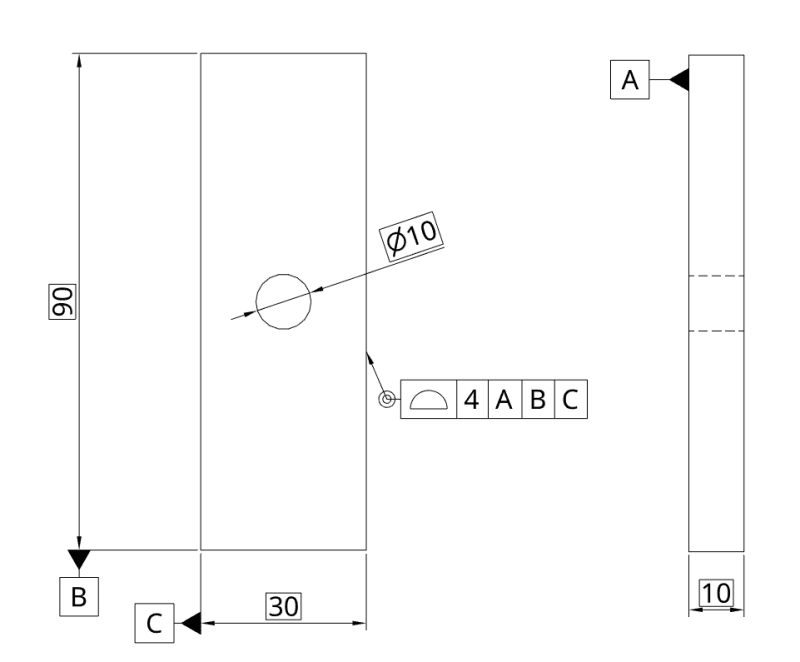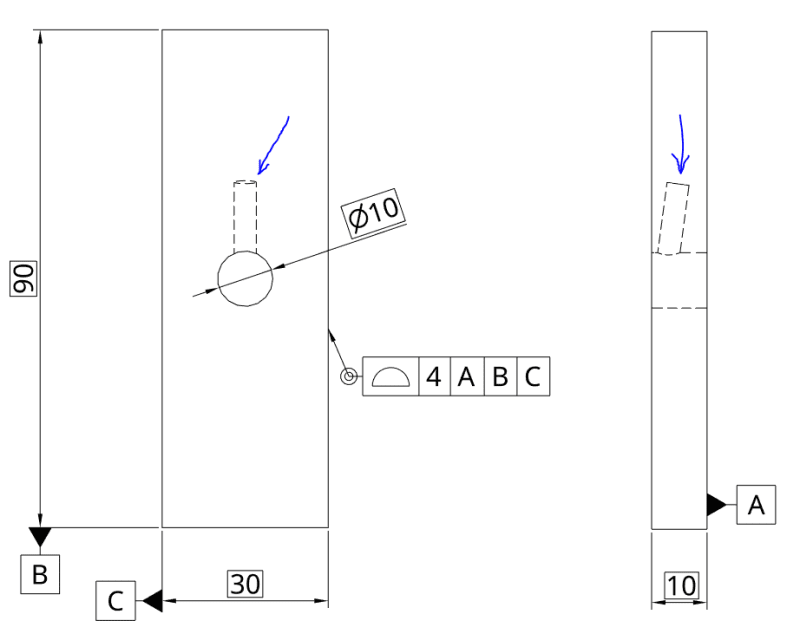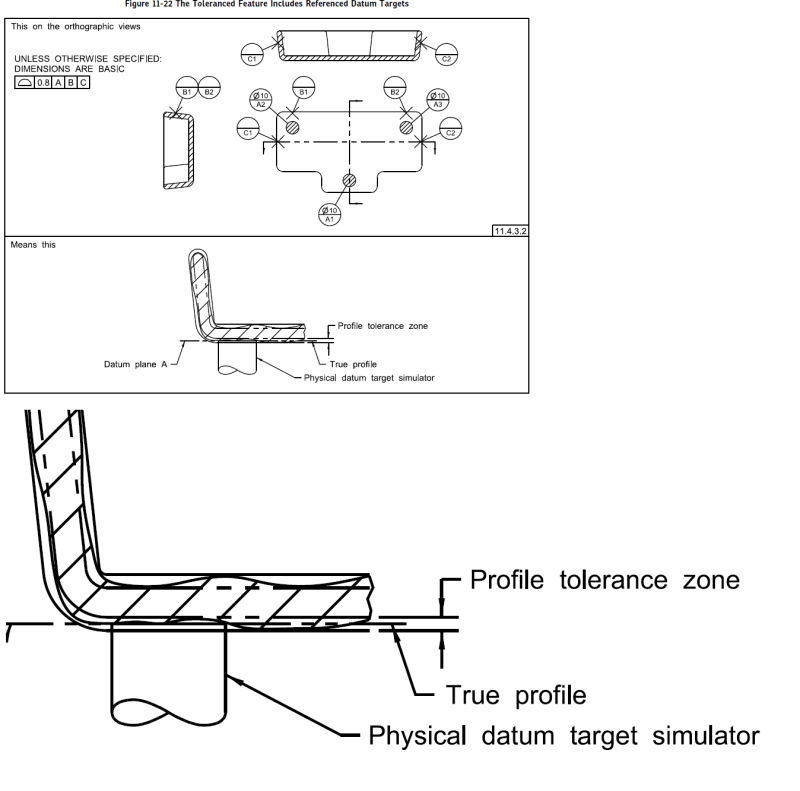See thread404-467338.
What do the shops do when they receive drawings with super sloppy tolerances? I have never gone this overboard, but I do issue sloppy stuff, particularly profile tolerances. My assumption is that the vendor has a standard process with an anticipated set of tolerances. If that is well within the tolerances called up on the drawing, he will use his standard process. If the tolerance is too tight, then either he cannot do the part, or he must do some trickier, more expensive process.
It logically follows that if I change perhaps a machining tolerance from [±]0.5mm to [±]1.5mm, it will no effect on cost, since there is no way for a machinist to take advantage of it.
Are these reasonable assumptions?
Assume you trust the drafter's work.
--
JHG
What do the shops do when they receive drawings with super sloppy tolerances? I have never gone this overboard, but I do issue sloppy stuff, particularly profile tolerances. My assumption is that the vendor has a standard process with an anticipated set of tolerances. If that is well within the tolerances called up on the drawing, he will use his standard process. If the tolerance is too tight, then either he cannot do the part, or he must do some trickier, more expensive process.
It logically follows that if I change perhaps a machining tolerance from [±]0.5mm to [±]1.5mm, it will no effect on cost, since there is no way for a machinist to take advantage of it.
Are these reasonable assumptions?
Assume you trust the drafter's work.
--
JHG



![[banghead] [banghead] [banghead]](/data/assets/smilies/banghead.gif)
